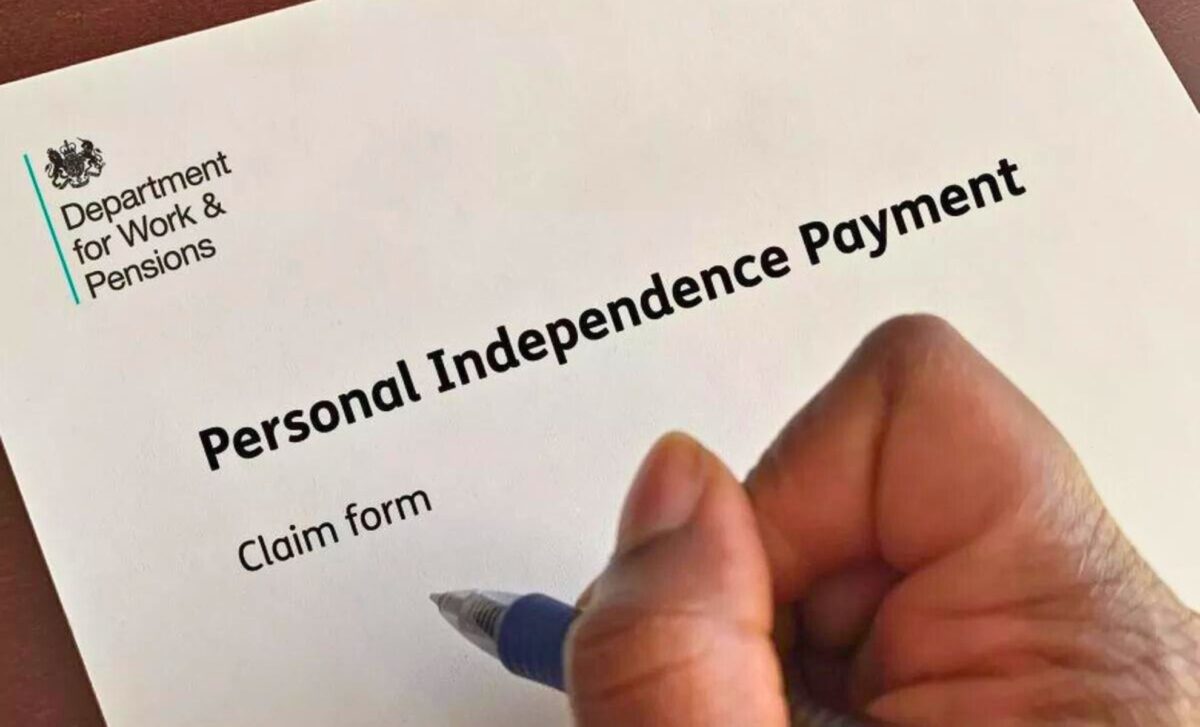New figures reveal that claims made to the Department for Work and Pensions (DWP) have seen a noticeable rise. The significant demand for the disability benefit arises as new reforms threaten to scrap cash payment and replace them with vouchers for appliances and treatment.
Surge in PIP Claims Linked to UK Cost of Living Crisis and State Pension Age Increase
The research suggests that the ongoing cost of living crisis in Britain along with the increase in the state pension age are the main reasons behind the surge in claims for Personal Independence Payments (PIP). According to the Resolution Foundation, between 2013/2014 and 2022/2023 the amount of money spent on disability benefit and given to people of working age rose by 89%.
PIP is the major disability benefit provided for working age individuals, substituting Disability Living Allowance, which is currently only available for children under 16. Additionally, the think tank asserted that the financial support dedicated incapacity payments provided through other benefits including Universal Credit and ESA (Employment and Support Allowance) has soared by 39%.
The foundation states that the rise in State Pension age, which is currently maintained at 66 and set to increase again to 67 between 2026 and 2028 and later to 68 between 2044 and 2046, means that more people are compelled to continue working into their later years. This has resulted in greater numbers of health issues that lead them to apply for disability benefits in addition to their wages.
Furthermore, the cost of living crisis is prompting people to claim PIP in order to help boost their income since other state support they can get is not sufficient.
The Resolution Foundation stated in its Under Strain report: “A growing, ageing population and a rising State Pension Age have by themselves boosted the working-age disability benefits caseload by 272,000 between 2013 and 2023, one-quarter (25 per cent) of the increase over that time. In 2012-13, 5.9 million (16 per cent) working-age adults in Great Britain reported that they had a disability (defined as having a long-standing illness, disability or impairment which causes substantial difficulty with day-to-day activities); by 2022-23, that figure had risen to 8.9 million (23 per cent).
“Although awareness of health-related benefits has increased, and the stigma attached to claiming declined, there is scant evidence to suggest it is ‘easier’ to be awarded disability benefits today, with award rates for new PIP claims broadly steady at around 45 per cent since 2015-16.
“Changes to the benefits system over the last decade have strengthened the incentive to claim incapacity and disability benefits. In April 2010, a single person claiming unemployment benefit received £98 a week (in 2024-25 prices); by April 2024, that figure has fallen 7.6 per cent to £91, a loss especially hard-felt in the cost of living crisis.”
In this statement, the foundation seems to be referring to the Jobseekers’ Allowance (JSA) which is presently paid out at £90.50 a week. It is only available in the form of New Style JSA and only receivable for 182 days. Income-related ESA is no longer accepting new claims since everyone is being moved over to Universal Credit.
UK Faced Growing Pressure on Disability Benefits as PIP Reform Looms
In the meantime, Universal Credit claimants get £311.68 per month if single and under 25 and £617.60 if one or both are 25 or over.
The foundation went on to conclude: “It is critical to view incapacity and disability benefit trends in the round. Over the last 15 years, the share of GDP spent on all working-age benefits has barely changed, standing at 3.9 per cent in both the pre-recession year of 2007-08 and in 2022-23, although it is forecast to reach 4.6 per cent in 2028-29.”
The new analysis comes as proposed changes to PIP that could see cash payments replaced with vouchers and grants to support targeted extra costs including medical treatment and disability equipment are impending, with the consultation on a new green paper scheduled to en on July 22, three weeks following the General Election.
Labour has asserted that it will investigate the feedback to the DWP plans but has not mentioned the PIP in its manifesto, which led some to think that the reforms may still take place under a new Government.
The DWP has long recognized an “unprecedented” demand for PIP, with approximately 70,000 new applications submitted each month. Since the reform was issued, the Department says it is approving 33,000 new PIP awards each month, which is twice more than the pre-pandemic rate. By 2028/29, this is expected to cost the taxpayer £28 annually, reflecting a 110% increase in spending compared to 2019.









